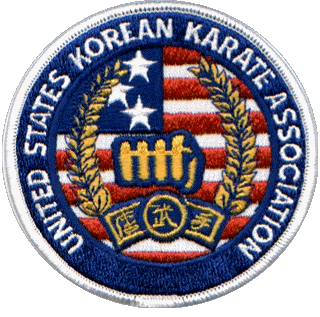|
THE MEANING OF THE BELT COLORS
When Kwan Jang Nim Hwang Kee developed the martial art of Tang Soo Do, he developed the ranking system consisting of the Gup (class) and Dan (degree) ranks you see above. When asked in 1970 about the significance of the colors chosen for the different belt ranks, his answer was that there was no significance or special meaning for the colors he chose. The only thing he mentioned was that the idea for the Red and Midnight Blue came from the “Tae Guk” (South Korean National Flag); with the Red coinciding with the "Yang," and the Blue coinciding with the "Um" (or Yin).
Since then, there have been some additional interpretations to the meaning of the colors used for the belts. Among them are:
White Belt
Emptiness, innocence, hidden potential, purity, light of day, all on the same level, no knowledge, Winter, cold, lifeless, nothingness...
Green Belt
Growth, spreading, advancement, tree tops rising toward the heavens, growth upward, Spring, beginning of life...
Red Belt
Ripening, active, sun light, in command of lower life, strengthening, Summer, heat, changing of ideas, maturing...
Midnight Blue/Black Belt
Maturity, passive, harvest, all of the heavens and the universe, completeness, oneness, life, health, Autumn, experience...
Note: The Black Belt color was originally instituted and worn by the Japanese and Okinawans with some interpretations stating the meaning as heavens and death. Tang Soo Do color explanations deal with the amount of knowledge and skill one has attained through training and experience and is in no way be associated with death. Our Midnight Blue belt signifies Instructor and the rank of First Dan and above. Kwan Jang Nim Hwang Kee decided to use the Black Belt and the Midnight Blue Belt interchangeably for 1st Dan and above early on, because many people around the world were already associating the Black Belt with those ranks.
In addition, most Tang Soo Do organizations use either an Orange or Purple Belt in between the White and Green Belts. Among the explanations passed down through the years is that Kwan Jang Nim Hwang Kee added the Orange Belt in 1975 to encourage additional time for training and development before reaching Green Belt. Kwan Jang Nim Kim Jae Joon (along with some of his associates in the USA) was said to have instituted the Purple Belt in lieu of the Orange Belt for the same reason at approximately the same time.
|


